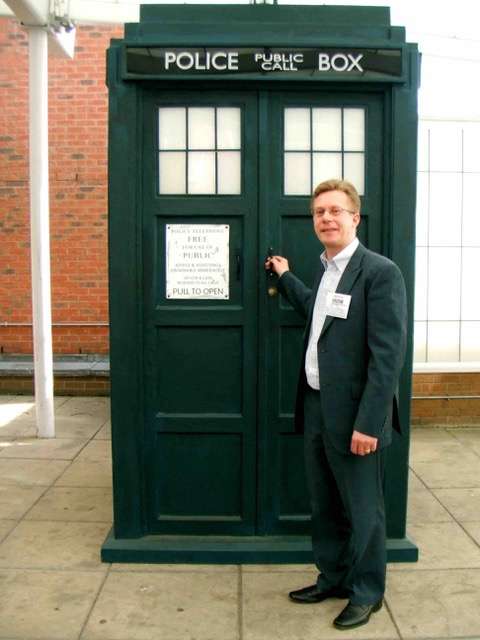
Defiance (2013-15) was an original commission science-fiction TV series which has aired on the SyFy channel in both the US and the UK. Set on Earth in the near-future after a war between humans and immigrant aliens who arrived to settle on the planet, and whose technology has greatly changed Earth’s physical and biological environment through a process named as ‘terraforming’, the show was premised around exploring the interactions







